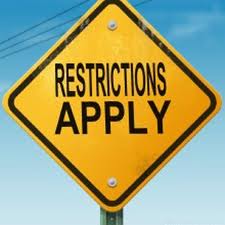Recently there has been a debate going on in Western Country towards the demise of or reform of blasphemy laws, and these laws are only infrequently enforced where they exist. Such laws still exist in several countries, such as in Austria, Finland, Germany, Italy, The Netherlands, Spain and United Kingdom. In the United States, the First Amendment guarantees a relatively unlimited right of free speech, although some US states still have blasphemy laws on the books. For example Chapter 272 of the Massachusetts General Laws states, whoever disobediently blasphemes the holy name of God by denying, cursing or contumeliously reproaching God, his creation, government or final judging of the world, or by cursing or contumeliously reproaching Jesus Christ or the Holy Ghost, or by cursing or contumeliously reproaching or exposing to contempt and ridicule, the holy word of God contained in the holy scriptures shall be punished by imprisonment in jail for not more than one year or by a fine.
The Satanic Verses a novel by Salman Rushdie was seen by many Muslims to contain blasphemes against Islam, and Iranian clerical leader Ayatollah Khomeini issued a fatwah in 1989 calling for Rushdie's death (although strictly this was in response to Rushdie's claimed apostasy, not the novel's supposed blasphemy). The fatwa was not accepted universally by the Muslim Ulema as the way to deal with the problem of Rushdie's book. Some British Muslims called for Rushdie to be tried under English law for blasphemy, but no charges were laid, as the English legal system recognises blasphemy only against the Christian faith. Many take the view that accusations of blasphemy and anti-blasphemy legislation are examples of the special pleading logical fallacy where the chosen religion is extended protection from rational enquiry and ridicule that is not extended to other topics.
The Satanic Verses a novel by Salman Rushdie was seen by many Muslims to contain blasphemes against Islam, and Iranian clerical leader Ayatollah Khomeini issued a fatwah in 1989 calling for Rushdie's death (although strictly this was in response to Rushdie's claimed apostasy, not the novel's supposed blasphemy). The fatwa was not accepted universally by the Muslim Ulema as the way to deal with the problem of Rushdie's book. Some British Muslims called for Rushdie to be tried under English law for blasphemy, but no charges were laid, as the English legal system recognises blasphemy only against the Christian faith. Many take the view that accusations of blasphemy and anti-blasphemy legislation are examples of the special pleading logical fallacy where the chosen religion is extended protection from rational enquiry and ridicule that is not extended to other topics.














